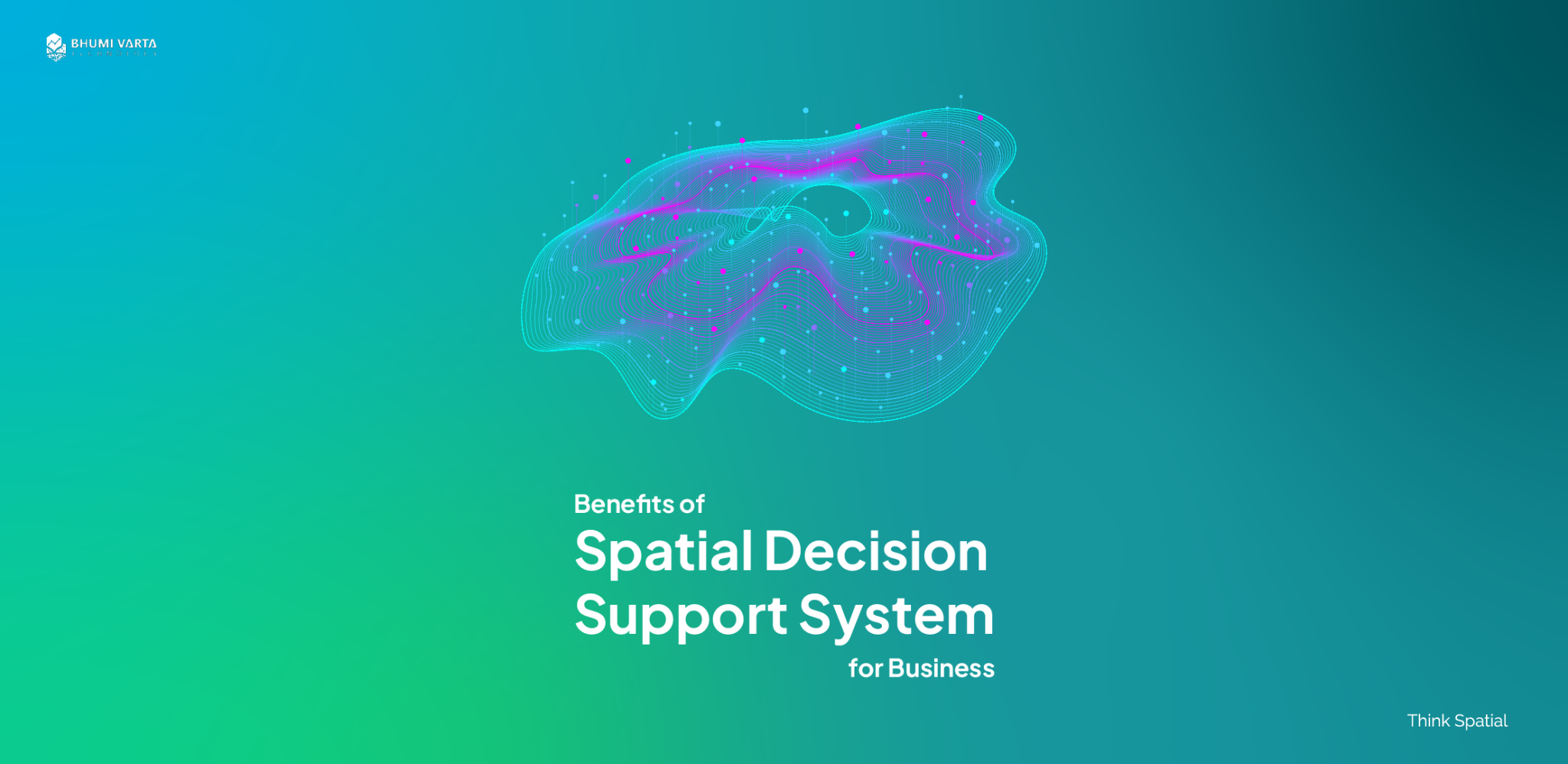These days, there are all kinds of tech tools that help businesses make decisions faster, more accurately, and based on real data. One of the most useful tools out there is the Spatial Decision Support System (SDSS).
In simple terms, a Spatial Decision Support System is a system that helps you make better decisions by combining data with location or spatial information.
It’s especially helpful when you’re dealing with business problems that involve geography or anything tied to physical locations.
In this article, we’ll break down exactly what a Spatial Decision Support System is what it means, how it works, and the many ways it can benefit your business.
Contents
What is a Spatial Decision Support System?
A Spatial Decision Support System (SDSS) is an interactive computer-based system designed to assist in decision-making processes that involve geographic or spatial data. This system is especially useful for solving complex problems where location or geographic position plays a critical role in the analysis.
Unlike traditional decision support systems, SDSS integrates three core components:
- Spatial data – such as maps, coordinates, satellite imagery, or other location-based information
- Analytical or decision models – including tools like mathematical programming and simulations
- Interactive user interface – which enables users to intuitively explore, visualize, and process data
With these components working together, SDSS allows users to view both the big picture and detailed location-specific insights at the same time. It can help answer questions like: “Where is the best location to open a new facility?” or “Which areas are most at risk of flooding?”
SDSS has been widely adopted across various sectors, including:
- Urban planning, for determining development zones
- Healthcare services, such as mapping access to hospitals and clinics
- Natural resource management, for tasks like land use planning or forest monitoring
- Environmental protection, to identify and preserve ecologically sensitive areas
- And many other fields where location-based decision-making is essential.
Components of a Spatial Decision Support System
A Spatial Decision Support System (SDSS) consists of three main components that work together to support location-based decision-making. Each component plays a crucial role in ensuring the system functions effectively. Here’s a detailed explanation:
Database Management System (DBMS)
This component is responsible for storing, managing, and organizing the various types of data required by the system. The data includes:
- Spatial data, such as digital maps, geographic coordinates, administrative boundaries, and satellite imagery
- Non-spatial data, such as demographic information, economic statistics, and other supporting data
A well-structured database management system allows users to easily access, update, and manipulate data according to the needs of their analysis.
Model Base Management System (MBMS)
This component acts as the analytical engine or “brain” of the SDSS. It contains a variety of mathematical models, algorithms, and analytical methods used to identify spatial patterns and trends, and analyze relationships between geographic variables
These models help decision-makers better understand the implications of various choices, especially when those decisions involve geographic or location-based considerations.
User Interface
The final component is the user interface, which serves as the bridge between the system and the user. A well-designed interface makes it easy for users to input data, run analytical models, and view results in visual formats such as maps, graphs, or reports.
This component is built to be intuitive and user-friendly, even for those without technical expertise—enabling faster, more accurate decision-making.
Benefits of Spatial Decision Support Systems for Businesses
With a Spatial Decision Support System (SDSS), users can visualize data in spatial formats, such as interactive maps or location-based charts. This type of visualization helps businesses understand complex data more quickly and intuitively, especially when identifying patterns, trends, or relationships across different regions.
Spatial Decision Support System (SDSS) works by integrating various types of data, including both geospatial data and non-spatial data. This integration enables a more comprehensive and in-depth analysis, allowing users to make well-informed decisions.
SDSS has become an essential tool—especially in sectors where understanding the location context can determine the success or failure of a project. It is widely used in areas such as urban planning, infrastructure development, disaster management, and public service distribution.
Beyond analyzing existing data, SDSS also allows users to simulate various scenarios, such as forecasting the impact of a policy or changes in planning, explore alternative solutions before making a final decision, optimize business strategies using real-time data and future projections, and evaluate risks and uncertainties associated with each possible option.
Make Smarter Business Decisions with LOCATION Intelligence
LOKASI Intelligence is a geospatial analytics platform that combines location intelligence with comprehensive location data. It is specifically designed to help businesses and organizations better understand, analyze, and take full advantage of location-based insights.
By using LOKASI, companies can make more strategic, data-driven decisions—whether it’s choosing the best place to expand, analyzing market potential, or improving operational efficiency.
As a technology that adopts the principles of the Spatial Decision Support System (SDSS), LOKASI enables users to visualize data in spatial formats—such as interactive maps, area-based graphs, and layered information displays. This makes it easier to identify patterns, trends, and relationships between locations with greater clarity.
Through these visualizations, users can gain location-based insights relevant to various needs, such as identifying the best location for business expansion, analyzing branch or outlet performance by region, developing more targeted and effective marketing strategies, planning efficient distribution or logistics routes
FAQ
What is a decision support system?
A decision support system (DSS) is an information system designed to assist organizations or companies in making better decisions. One example of this is the Spatial Decision Support System (SDSS), which incorporates location data into the decision-making process.
What is an example of a spatial decision support system?
An example of a spatial decision support system is LOKASI Intelligence, a platform that uses SDSS principles to help businesses make strategic decisions. With LOKASI, businesses can find the best location for expansion, evaluate branch performance by area, plan logistics, and create location-based marketing strategies.
What is meant by a decision support system?
A decision support system is a tool or system developed to enhance an organization’s ability to make decisions that are more accurate, data-driven, and effective.



